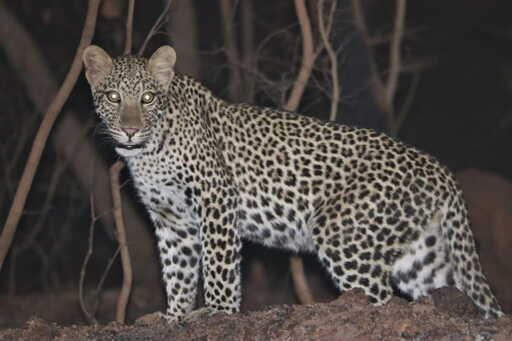There are only about 350 mature leopards left in West Africa, according to the latest regional assessment by the IUCN, the global wildlife conservation authority. Leopards (Panthera pardus) in West Africa are thought to be genetically isolated from those in Central Africa, with little or no interbreeding between populations. They’re found in 11 countries: Benin, Burkina Faso, Côte d’Ivoire, Ghana, Guinea, Guinea-Bissau, Liberia, Niger, Nigeria, Senegal and Sierra Leone. Once widespread across West Africa, the leopard population there has declined by 50% over the past two decades, leading to their moving to a higher threat category of endangered on the IUCN Red List. “In Africa, the leopard is not doing too badly, but in West Africa it’s a different story,” said Robin Horion, a field technician with U.S.-based NGO Panthera who was part of the team assessing the West African leopard’s conservation status for the IUCN Red List. “West Africa has far less funding, fewer researchers, and much less of a conservation culture compared to East and Southern Africa. There is also much less tourism. All of this means that species are disappearing in almost complete silence.” Horion and other researchers from Panthera spent five years surveying leopards in West Africa’s national parks. Following their report, the IUCN reclassified the feline from vulnerable to endangered on the Red List on Oct. 9. The IUCN assessment notes that most leopards in West Africa live in protected areas within increasingly fragmented landscapes that are under pressure from expanding agriculture, infrastructure development and…This article was originally published on Mongabay
From Conservation news via this RSS feed


